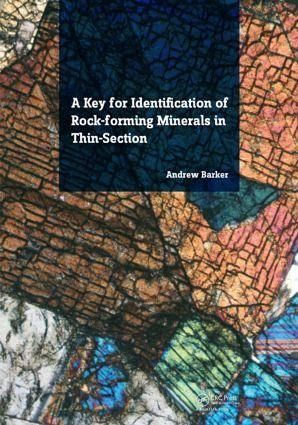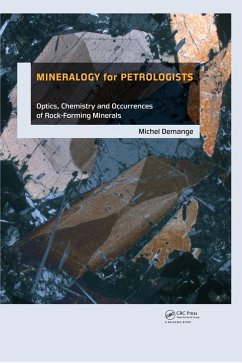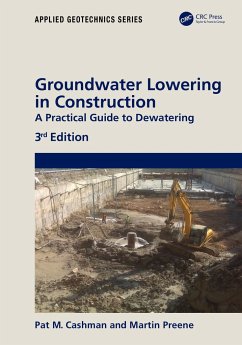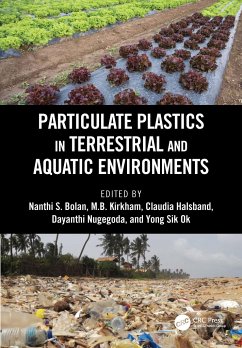
A Key for Identification of Rock-Forming Minerals in Thin Section
Versandkostenfrei!
Versandfertig in 2-4 Wochen
54,99 €
inkl. MwSt.

PAYBACK Punkte
27 °P sammeln!
The key for identification of rock-forming minerals provides an efficient and systematic approach to identifying minerals in thin-section. It is structured in the form of a dichotomous key, comparable to those widely used in botany and entomology. Whilst some previous mineralogy and petrology texts have produced tabulated summaries of minerals with similar properties, the present key gives a unique solution for each mineral. The key covers more than 150 of the most commonly encountered rock-forming minerals, plus a few rarer but noteworthy minerals, indicative of particular conditions. Illustr...
The key for identification of rock-forming minerals provides an efficient and systematic approach to identifying minerals in thin-section. It is structured in the form of a dichotomous key, comparable to those widely used in botany and entomology. Whilst some previous mineralogy and petrology texts have produced tabulated summaries of minerals with similar properties, the present key gives a unique solution for each mineral. The key covers more than 150 of the most commonly encountered rock-forming minerals, plus a few rarer but noteworthy minerals, indicative of particular conditions. Illustrated in full colour, with high quality photomicrographs of each mineral, it also provides the most comprehensive atlas of rock-forming minerals currently available. It is primarily aimed at undergraduate and postgraduate students of mineralogy and petrology, but should also provide a valuable source of reference for all practising geologists dealing with rock thin-sections and their interpretation. Although including a brief introduction to the properties of minerals in this-section, the key largely assumes that the user has a basic understanding of optical mineralogy and is able to determine basic mineral properties in thin-section using plane-polarised and cross-polarised light. The key has been designed in such a way as to prioritise those properties that are most easily defined, and thus less ambiguous. This aims to minimise the chance of misidentification and enable the less experienced petrologist to use the key with confidence. The key has been carefully designed to enable different cuts of minerals (e.g. end-section and side sections) to be recognised and keyed out.











